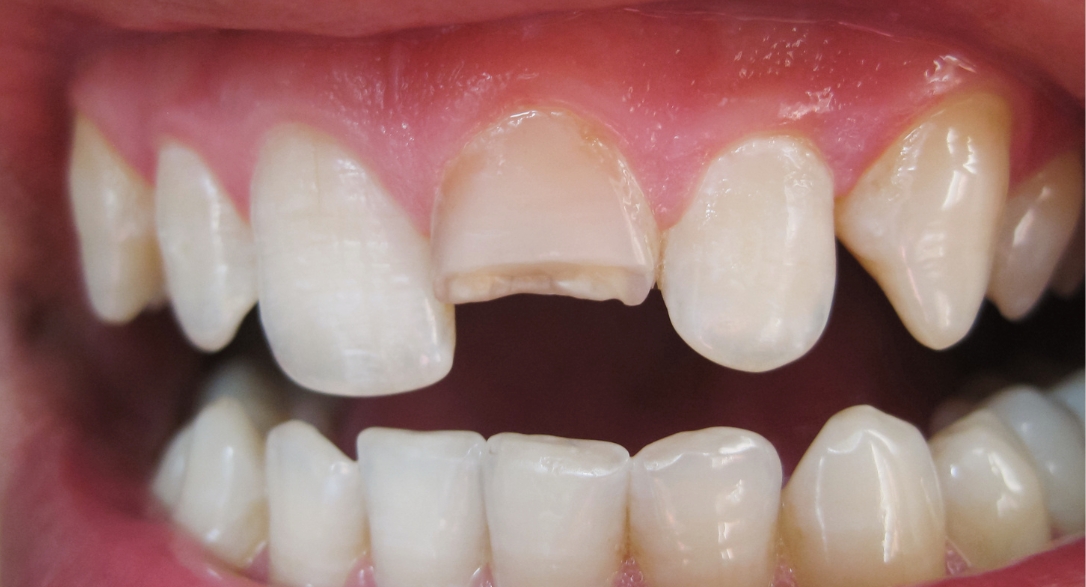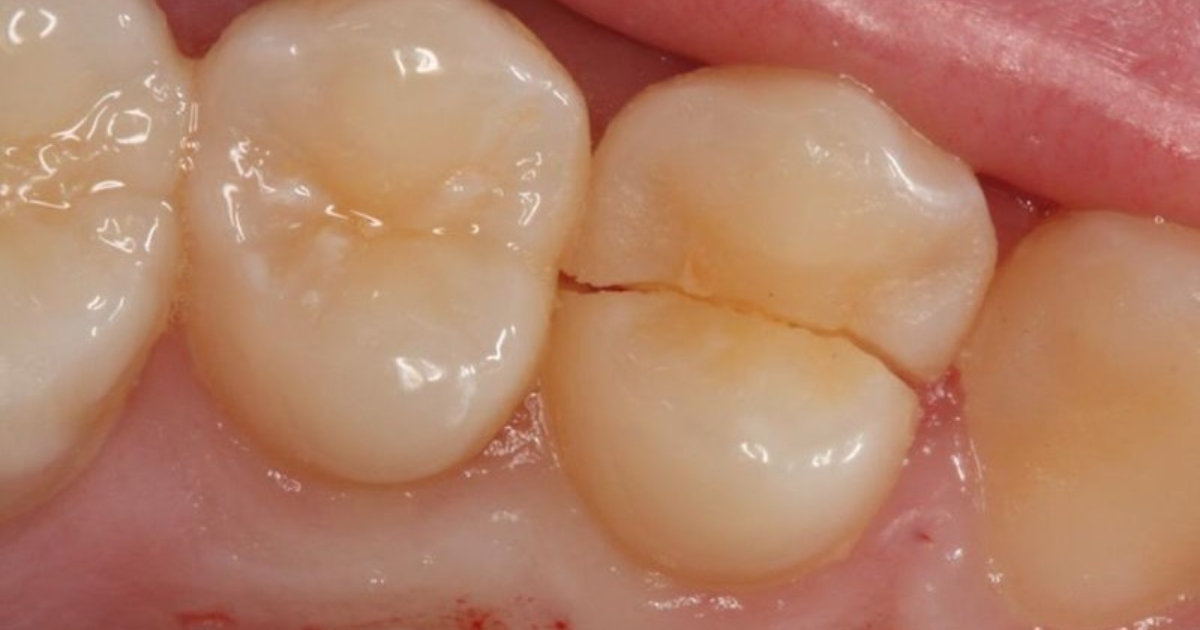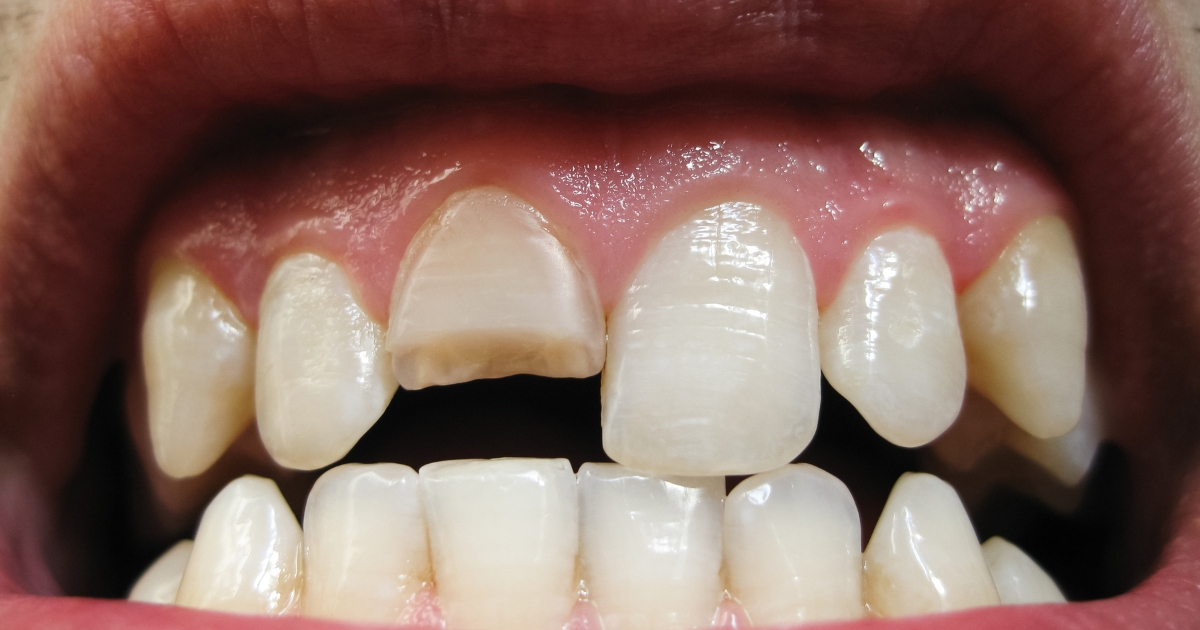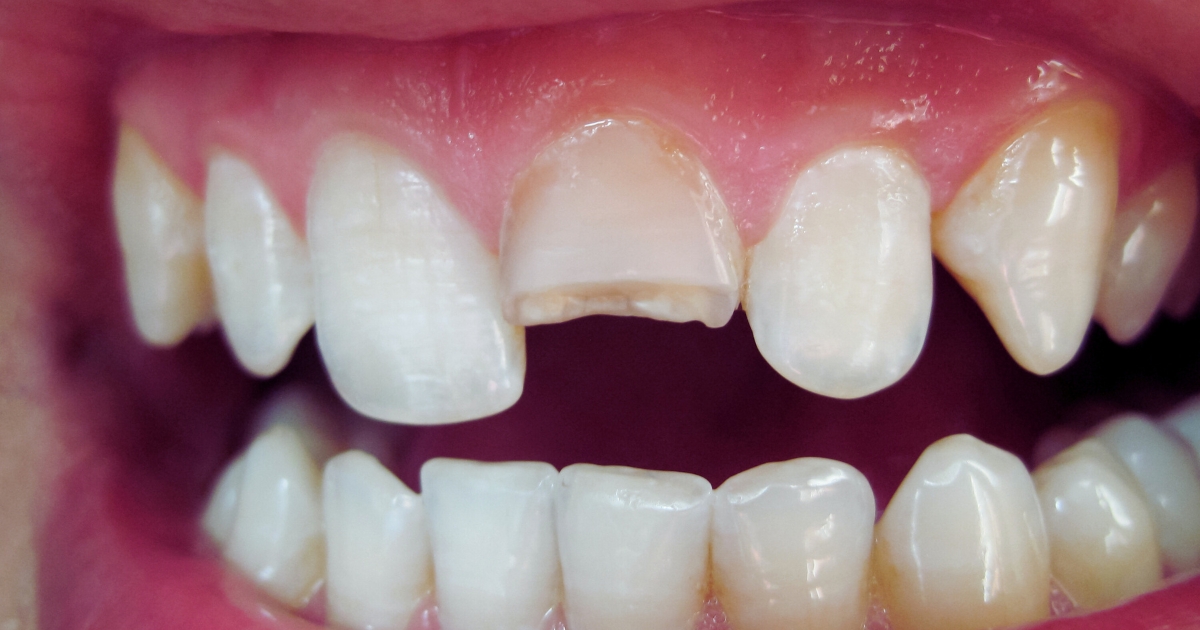Call Us Today 817-737-7668

A cracked tooth can cause more than just discomfort—it can affect your daily life, from eating your favorite foods to speaking confidently. If you’ve ever felt a sharp pain while biting down or noticed unusual sensitivity to hot or cold, you might be dealing with a cracked tooth. Ignoring the problem won’t make it disappear; instead, it can lead to more serious complications.
Fortunately, modern dentistry offers advanced solutions to address cracked teeth and restore your smile.
Understanding your options is the first step toward effective treatment. Not all cracked teeth are the same, and their treatment depends on the type and severity of the crack. Whether you’re dealing with a minor issue or something more severe, timely care is crucial.
This blog explores the types of cracked teeth, how to recognize the signs, and the modern treatments that can save your tooth and your smile. Let’s dive into everything you need to know to make informed decisions and protect your oral health.
Types of Cracked Teeth
Cracked teeth come in different forms, and each type requires specific care. Understanding these variations can help you identify the severity of your tooth’s condition and get the right treatment. Here are the common types of cracked teeth:
- Craze Lines: Small, shallow cracks that affect only the enamel. These typically don’t cause pain but may be visible.
- Fractured Cusps: Cracks in the pointed parts of your molars. This can cause discomfort, especially when chewing.
- Split Teeth: A more severe crack that splits the tooth into two or more parts. This often requires a root canal or extraction.
- Vertical Root Fractures: Cracks that begin in the root and extend upward. These can lead to infection if untreated and may require extraction.
Recognizing these cracks early can help prevent further damage and discomfort.
When to Seek Immediate Help?
A cracked tooth can worsen quickly, leading to serious dental issues. Understanding when to seek immediate care is vital for preserving your tooth. Keep an eye out for these warning signs:
- Pain when biting or chewing: A sharp pain when pressure is applied could indicate a significant crack.
- Sensitivity to temperature: Extreme discomfort from hot or cold foods may signal a crack near the nerve.
- Visible cracks or chips: Even a small visible crack can worsen over time, causing infection or further fracture.
Delaying treatment increases the risk of complications, including infections that may require more invasive treatments, such as a root canal or extraction. Don’t wait to get help!
Diagnostic Methods for Cracked Teeth
Diagnosing a cracked tooth accurately is essential for determining the best course of action. Dental professionals use advanced tools and methods to assess the extent of damage. Common diagnostic techniques include:
- X-rays: These help identify internal cracks and possible damage to the tooth’s root or pulp.
- Transillumination: A special light used to detect cracks that might not show up on X-rays.
- Visual examination: Dentists check for visible cracks and chips during routine checkups.
- Bite tests: Your periodontist may ask you to bite down on a cotton roll or special instrument to pinpoint areas of pain.
Early diagnosis ensures that cracks are addressed before they lead to more serious issues, saving both time and money in the long run.
Treatment Options for Cracked Teeth
There are several treatment options available, depending on the severity of the crack. Here’s a breakdown of the common treatments:
- Bonding: Ideal for minor cracks in the enamel. A tooth-colored resin is applied to restore the tooth’s appearance.
- Crowns: For moderate cracks, crowns provide structural support and protect the tooth from further damage.
- Root Canal Therapy: If the crack affects the pulp, a root canal may be necessary to save the tooth. This involves removing the infected tissue and sealing the tooth.
- Extraction: In severe cases, where the crack extends too deeply or leads to infection, tooth extraction may be required.
Each treatment has its benefits, and a periodontist can help you choose the best option based on your condition.
Preventive Measures to Protect Your Teeth
The best way to avoid cracked teeth is to take preventative measures. Protecting your teeth from trauma and stress can save you from costly treatments later. Here are some essential habits to follow:
- Avoid teeth grinding: If you grind your teeth at night, a mouthguard can help protect your teeth from excessive wear.
- Don’t chew hard objects: Biting down on ice, pens, or hard candy can cause cracks, so be mindful.
- Get regular checkups: Periodic dental exams ensure your teeth are healthy and allow your periodontist to spot cracks early.
- Wear mouthguards during sports: If you play contact sports, a custom mouthguard can prevent tooth fractures due to impact.
Long-Term Outlook and Care Post-Treatment
Once your cracked tooth has been treated, proper care is essential for maintaining its health and longevity. Here’s what you need to know:
- Follow-up care: After treatment, visit your periodontist for regular checkups to ensure the tooth is healing correctly.
- Avoid chewing on hard foods: Limit chewing on the treated tooth, especially in the first few weeks after treatment.
- Good oral hygiene: Brush twice daily, floss, and use mouthwash to prevent plaque buildup that could weaken the tooth.
- Watch for signs of failure: Sensitivity or discomfort may indicate that the treatment is no longer effective and further care may be needed.
By maintaining good habits, you can extend the life of your restored tooth and avoid future complications.
Common Myths About Cracked Teeth
There are several myths and misconceptions surrounding cracked teeth that can mislead patients. Let’s set the record straight:
- Myth 1: A cracked tooth always needs to be extracted: Not all cracked teeth need extraction. Many can be saved with proper treatment like bonding, crowns, or root canals.
- Myth 2: Cracked teeth always hurt: Some cracks are painless, especially in the early stages. Sensitivity or pain usually develops over time, but not all cracks cause immediate discomfort.
- Myth 3: Once treated, the tooth is as good as new: While modern treatments can restore functionality, the treated tooth may still be more vulnerable to damage than a healthy, uncracked tooth.





